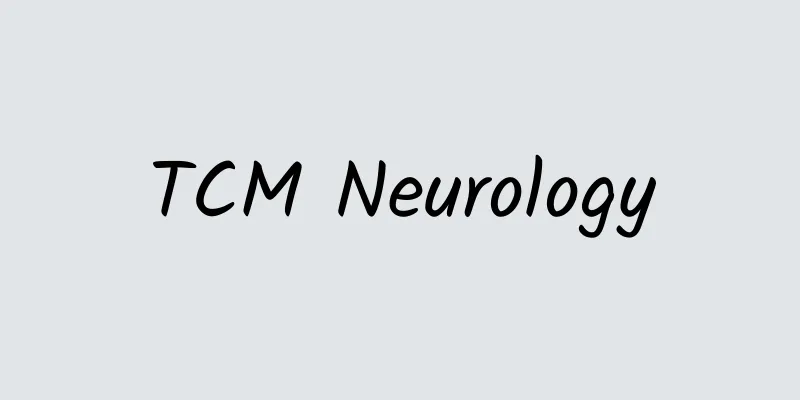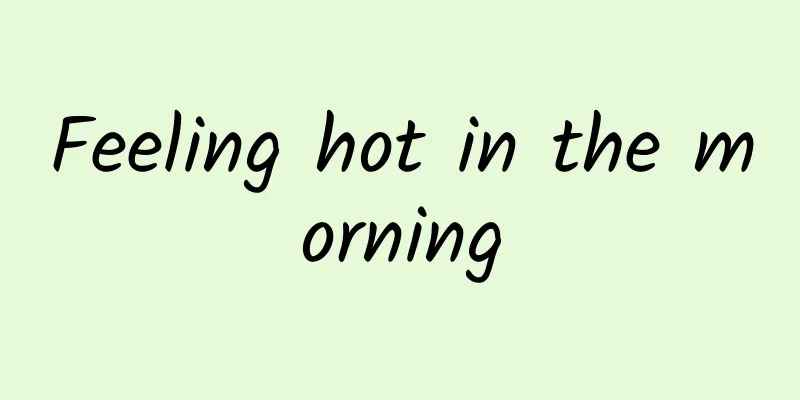TCM Neurology

|
Neurology is a secondary discipline related to the neural level. Not included in the definition of internal medicine. The main diseases treated include cerebrovascular disease (cerebral infarction, cerebral hemorrhage), migraine, inflammatory diseases of the head (encephalitis, meningitis), myelitis, epilepsy, dementia, metabolic diseases and genetic tendency diseases, trigeminal neuralgia, lumbar compression neuropathy, peripheral neuropathy and myasthenia gravis, etc. The main examination methods include head and neck MRI, CT, ECT, PETCT, EEG, TCD (transcranial Doppler ultrasound), electromyography, evoked potential and hemorheology examination, genetic testing technology, etc. At the same time, we cooperate with the Department of Psychology to carry out the treatment of multi-functional diseases such as neurasthenia and insomnia. Nerve spasm Facial paralysis Facial nerve paralysis (facial neuritis, Bear's numbness, Hunter syndrome), also known as "facial paralysis", "crooked lips", "crooked live mouth" and "hanging line wind" is a common disease with facial emotional muscle motor function problems as the main feature. Detailed analysis Facial nerve palsy is divided into central and peripheral types. Central nervous system It is caused by damage to the supranuclear tissue (including cortex, cortical spinal cord fibers, internal capsule, pons, etc.), and numbness of the lower facial muscles on the other side of the disease occurs. From top to bottom, the main manifestations are shallowing of the nasolabial groove, relaxation of the corners of the mouth when leaking teeth (or deflection of the corners of the mouth to the diseased side, that is, the other side of the paralyzed facial muscles), and prohibition of whistling or puffing out the cheeks. It is common in cardiovascular and cerebrovascular diseases, brain tumors and encephalitis. Peripheral type It is caused by damage to the trigeminal nucleus or facial nerve, and results in paralysis of all facial muscles in the same direction of the disease. From top to bottom, the main manifestations are inability to frown, frown, close the eyes, decreased corneal reflex, shallow nasolabial groove, inability to show teeth, puff out cheeks, or whistle, and loose corners of the mouth (or the corners of the mouth deviate to the other side of the disease, that is, the other side of the paralyzed facial muscles). It is common in peripheral facial nerve paralysis caused by cold, ear or meningitis infection, and neurofibroma. In addition, there may be obstruction of taste buds in the front 2/3 of the tongue. Clinical symptoms Most patients usually find that one side of their cheek is not flexible and their lips are tilted when they wash their face and rinse their mouth in the morning. In patients with complete paralysis of the emotional muscles on the affected side of the face, forehead wrinkles disappear, palpebral fissures dilate, nasal grooves become smooth, the corners of the mouth relax, and when a tooth is missing, the corner of the mouth deviates toward the healthy side. The affected side should not frown, frown, close eyes, puff out cheeks or purse lips. When puffing up the cheeks and blowing a whistle, air leaks out because the lips of the affected limb cannot close. When eating, food residues often remain in the buccal space on the affected side, and saliva often flows down from that side. Because the lacrimal gland turns inward with the lower eyelid, the tear film cannot flow out in the normal drainage method. It is divided into two types: peripheral and central nervous system (see analysis of facial nerve paralysis). Among them, the prevalence of peripheral facial paralysis is very high, and the most common is facial neuritis or Bell's palsy. What we usually call facial paralysis refers to facial neuritis in most cases. Because facial paralysis can cause a very strange appearance, it is often called "disfiguring disease". |
<<: Illustration of 36 tongue images in traditional Chinese medicine
>>: TCM diagnosis and treatment technology
Recommend
Symptoms of allergic reaction to dermatitis
Piyanping is a common anti-allergic drug in our l...
Do you need to avoid certain foods when you have urticaria?
There are many similarities and differences betwe...
How to exercise to relieve symptoms of ankylosing spondylitis
Ankylosing spondylitis is a chronic progressive d...
Ligustrum lucidum and Astragalus membranaceus improve immunity
Most people know that Chinese herbal medicine is ...
What is Dragon Haunting?
Dragon entanglement is medically known as shingle...
What are the effects of Cassia Seed Neck Pillow?
Pillows are essential daily necessities for every...
Chronic superficial gastritis
Diseases are very common, especially some stomach...
How to reduce swelling in pregnant women's feet? See here for quick reduction of swelling
Most pregnant women will experience swollen feet....
What can I eat to make my private parts white?
The private parts of women are very private and a...
How to treat dark and yellow skin?
As people age, their skin is no longer as elastic...
What does string pulse mean?
There are actually many points of knowledge in tr...
He-Ne laser treatment for acne
Helium-neon laser is also a relatively common las...
What to do if rhinitis causes headache
Our nose is very important. It is related to our ...
Can I eat honeysuckle when I am pregnant?
It is beneficial to eat some honeysuckle during p...
How to clear blood vessel blockage
Blood vessel blockage is harmful to human health....









